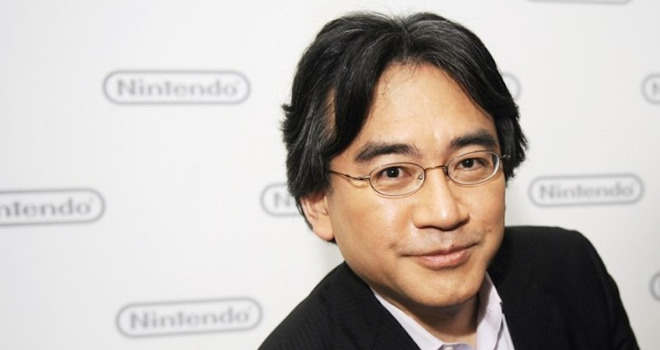Nintendo Files Patent for Ceiling Projector-Equipped Sleep Monitor
Though the patents describe the expected functions of the QOL device from Nintendo, it should be remembered that the patent protects the functionality of the device and things could change rapidly.
The Internet sleuths at NeoGAF have unearthed a patent filed by Nintendo of Japan for what is presumably one of the first devices of its upcoming Quality of Life initiative (courtesy of IGN). The device design is tuned to assessing the emotions of the user based on the information received by the sensor and detected when the portable terminal is on its standby mode.
Like many sleep sensors, Nintendo’s device will detect and record the user’s quality of sleep.
The device features a docking station (likely for your phone), a set of speakers, and a ceiling projector.
It looks like Nintendo found itself lagging behind its competitors without any such innovative product launch and had started working towards one such unique product that will people will love.
Even though none of this information has been hinted in the patent description by Nintendo, it is believed that the gadget will be used for all of these things to help improve a person’s sleep.
The device itself will make use of both sound and image data by using a microphone and camera. What can be inferred for now is that the sleep monitor from Nintendo may need wireless pairing with the smartphone of the user as evidenced by the drawings. The interesting part comes with the terminal will detect this only when it is in standby state – which will happen during user sleep hours, amongst others.
While relating gaming to sleep may be debatable, Nintendo’s QOL initiative appears to be on track and they would keep the gaming part outside this device.
Sketches of the device have gone live on the internet and from the looks of it, Nintendo’s new device will act as a heart-rate pulse, read the temperature and the psychological state of the person while sleeping. The projector displays, by means of projection, a predetermined image. This data would then be crunched to calculate a user’s “sleep score” and emotional state, with the information projected on their wall or ceiling.








